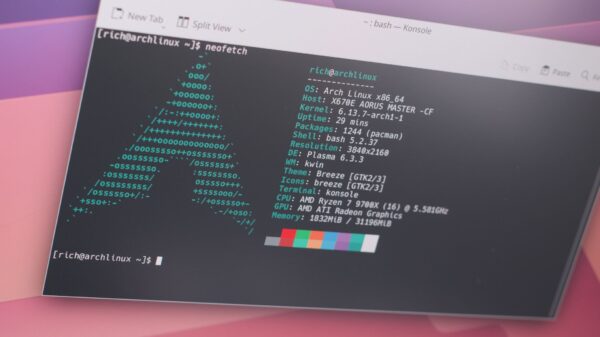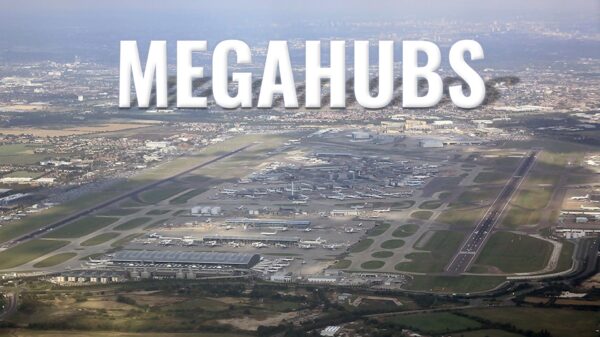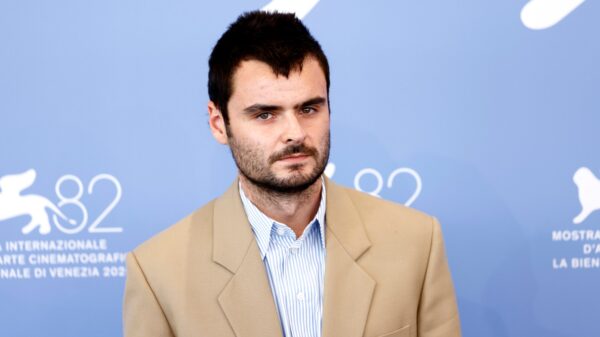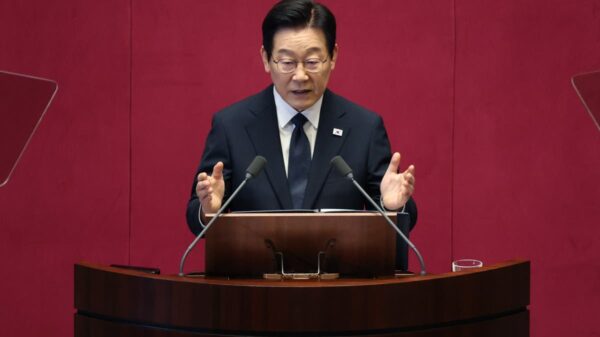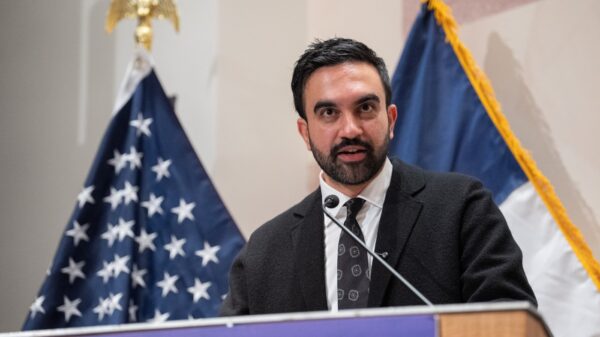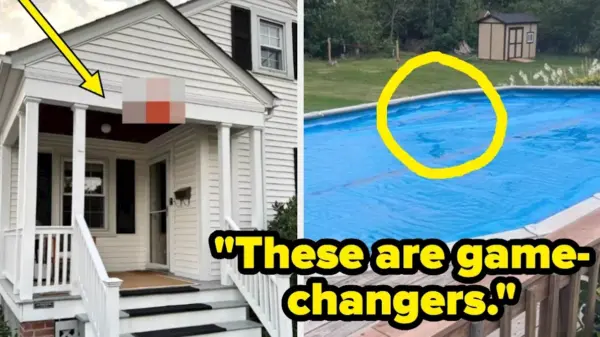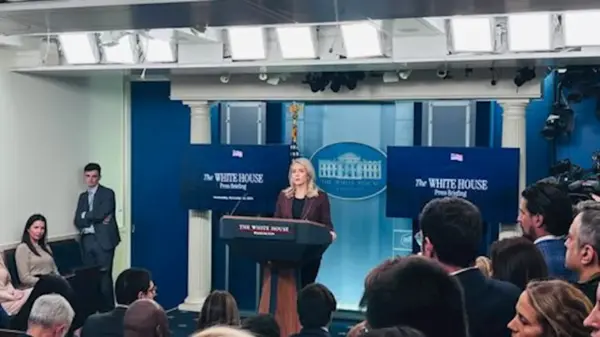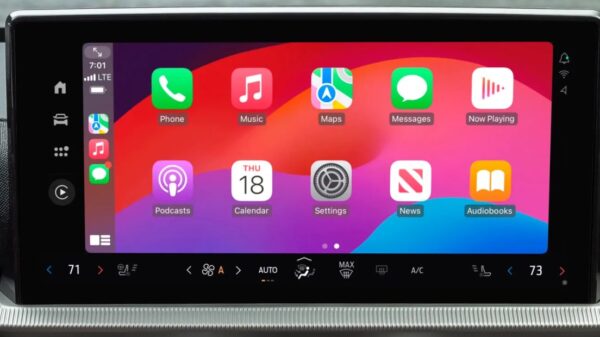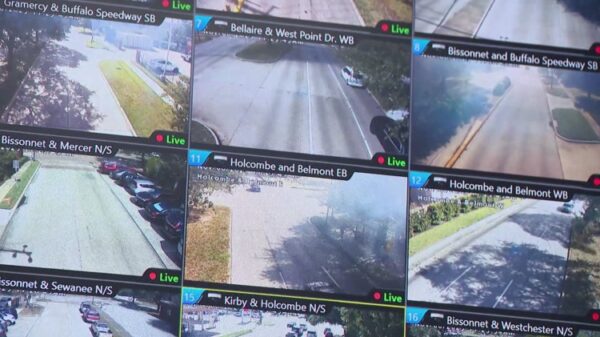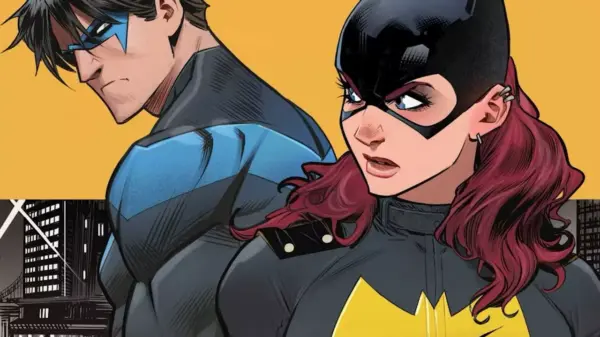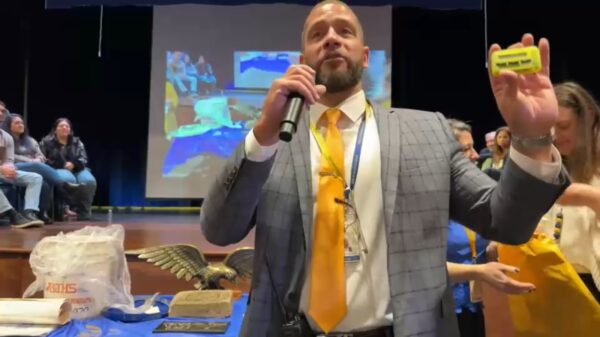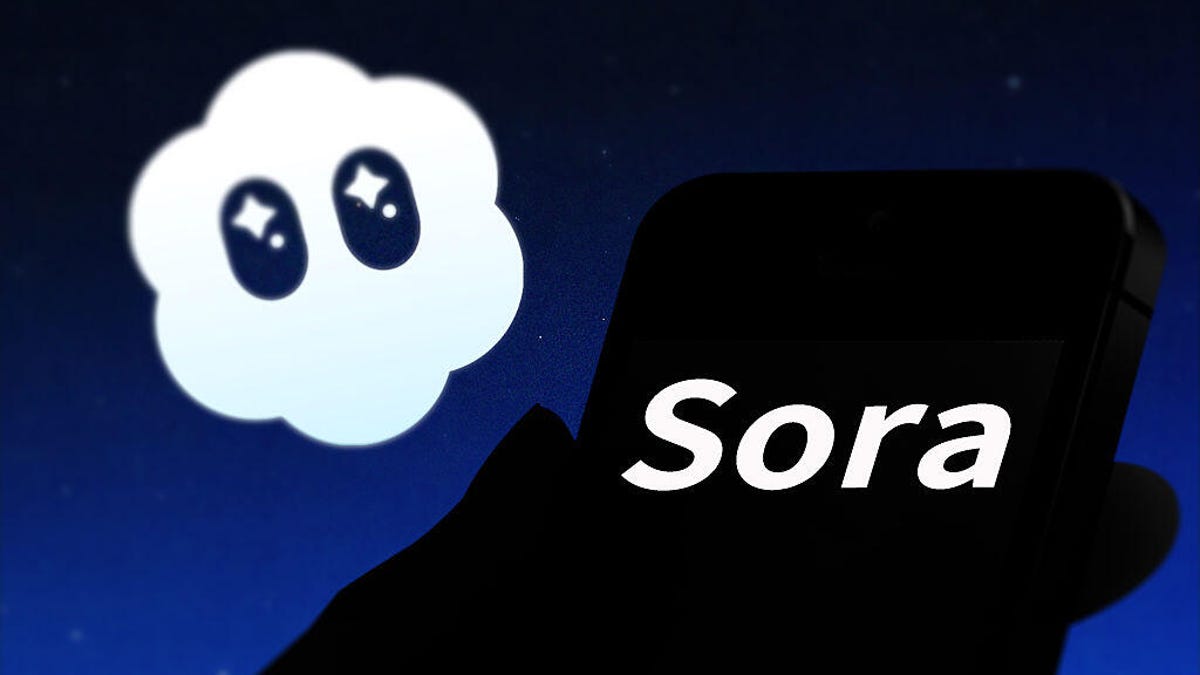URGENT UPDATE: OpenAI’s latest video generation tool, Sora, is taking social media by storm, with millions of AI-generated videos capturing the attention of users globally. Since its reveal in early 2024 and subsequent release to ChatGPT Plus and Pro subscribers in December 2023, Sora has transformed how creators and casual users alike produce video content.
Sora enables users to input text or images, generating short video clips by simulating natural motion and visual consistency. Just type a phrase like, “a plastic bag floating through the air,” and within seconds, Sora produces a matching video. This innovative tool is disrupting traditional video creation methods, allowing individuals to create content that once required professional teams and expensive software.
The latest version, Sora 2, launched on September 30, 2023, includes advanced features like synchronized dialogue and sound effects, enhancing the user experience significantly. With the ability to upload text, images, and video clips, users can create videos ranging from 5 to 20 seconds in resolution up to 1080p. This shift signifies a move towards professional-grade video production accessible to a broader audience.
As OpenAI ramps up its offerings, concerns are emerging regarding the implications of AI-generated content. Experts warn that the ease of creating realistic videos could lead to misinformation and erode trust in visual media. Nathaniel Fast, director of USC Marshall’s Neely Center for Ethical Leadership, expressed worries about the potential for confusion and distraction, stating, “Best case scenario, people just ignore it; worst case, it erodes our ability to understand what’s real.”
Alongside these concerns, Sora’s mobile app is gaining traction, recently allowing users in the U.S., Canada, Japan, and South Korea to access the platform without an invitation. This social-first app enables the creation and sharing of short-form videos similar to popular platforms like TikTok.
The pricing structure for Sora is integrated into existing ChatGPT subscription plans. Users with a free account receive a limited daily allowance of around 30 Sora generations. For a monthly fee of $20, Plus subscribers enjoy expanded access, while Pro users can pay $200 for premium features, including higher-resolution outputs and watermark-free downloads.
OpenAI has also introduced a pay-as-you-go model for users who exceed their daily limits, allowing them to purchase additional generations for approximately $4 per pack of 10 clips. This flexibility ensures that demand for Sora’s capabilities is met as interest continues to grow.
However, not all feedback has been positive. The launch of Sora has prompted legal challenges, including a lawsuit from the celebrity video platform Cameo, which claims that the tool could mislead users regarding endorsements and brand affiliations. OpenAI is working to improve its content safeguards, including a Likeness Misuse filter to prevent unauthorized depictions of real people, but challenges remain.
As generative AI continues to evolve, the implications for creators and consumers are profound. While some artists, like Arvida Byström, find creative potential in AI-generated distortions, many users seek simply to capitalize on trends. The phenomenon known as “AI slop” raises questions about the value and authenticity of content being produced.
Looking ahead, the landscape of media production is set to change dramatically. OpenAI aims to strike a balance between innovation and ethical responsibility, as demand for tools like Sora surges. With video generation becoming more widespread, the future presents both exciting opportunities and significant challenges for creators and audiences alike.
Stay tuned for more updates on Sora and its impact on the digital content landscape.

